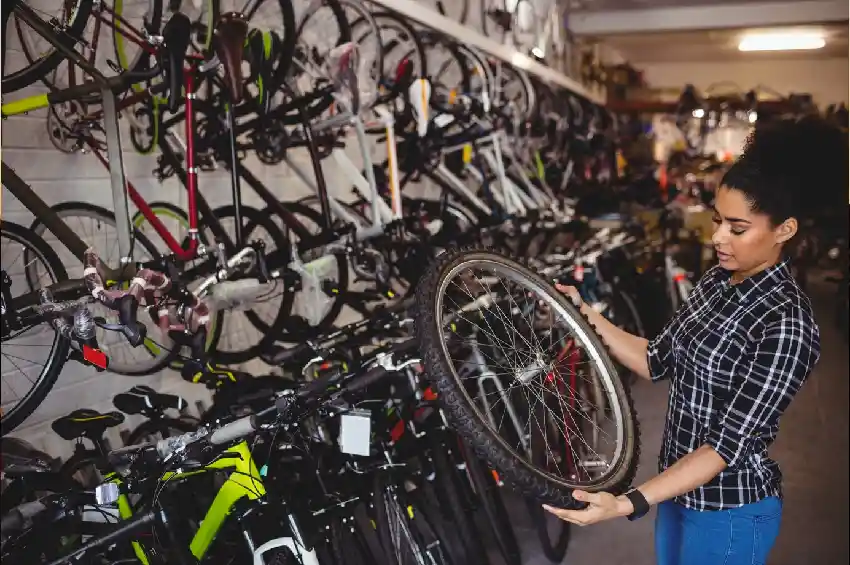The COVID 19 pandemic exposed weaknesses in worldwide supply networks, including the bicycle industry. In Australia, where cycling became popular during lockdowns, the rapid demand boom exposed serious flaws in sourcing, transportation and inventory management. This blog addresses the key supply chain challenges faced by the bicycle industry following the pandemic, with a focus on what can be learned to improve resilience and flexibility.
- Demand Spike and Inventory Shortages
During the epidemic, cycling became the favoured form of exercise and transportation resulting in a significant surge in demand. Retailers and suppliers were taken off guard when inventory levels, based on pre pandemic projections, decreased dramatically. Lead times have ranged from a few weeks to several months, and some of the more popular models were entirely out of inventory. This resulted in lost sales and left customers angry.
- Global Manufacturing Disruptions
It’s worth mentioning that a significant portion of bicycles and their components are manufactured in Asia, particularly in countries like Taiwan, China, and Vietnam. Unfortunately, factory shutdowns, workforce issues and COVID 19 restrictions had really taken a toll on production rates. Australian businesses that depended on international suppliers had struggled to maintain a steady flow of goods, leading to some pretty significant gaps in the supply chain.
- Freight and Shipping Bottlenecks
Freight costs increased as global ports became congested and shipping container capacity decreased. Delays become the norm, with shipments that used to take four weeks now taking 12 or more. For Australian importers, who already face long shipping distances, these bottlenecks exacerbated supply chain instability and raised operational costs.
- Local Distribution Constraints
Once the products arrived in Australia, domestic logistics presented another issue. Trucking shortages, warehouse backlogs and shifting demand, all contributed to inefficiencies in last mile delivery. Retailers struggled to keep their stores supplied and fulfil online purchases on time; this lowered customer happiness as well as brand reputation.
- Shift to E Bikes and Component Scarcity
The transition to electric bicycles severely stressed supply systems. E bikes require more complex components, such as batteries, motors and electronic controllers, all of which were in short supply during the time of the pandemic. Bicycle retailers in Australia underlined the significance of suppliers diversifying their sources or investing in alternative supply methods, to keep up with the shifting product mix.
- Lessons in Risk Management and Diversification
The outbreak served as a wake up call to the bicycle industry’s risk management practices. Many businesses are now re-evaluating their reliance on specific suppliers or areas. Nearshoring, raising inventory buffers, and deploying digital supply chain tracking are becoming common strategies. As mentioned by Bicycle Trade Australia, embracing data driven forecasting and implementing flexible logistics solutions is critical for addressing the challenges that lie ahead.
Wrapping Up
The post pandemic scenario has profoundly changed the way Australia’s bicycle industry conducts supply chain management. While the boom in cycling created tremendous potential, it also exposed long standing risks. The past few years’ experiences have taught us valuable lessons about adaptability, diversification, and resilience. By listening to groups like Bicycle Trade Australia and investing in smarter logistics, the sector can lay the groundwork for long term success in the coming years.







